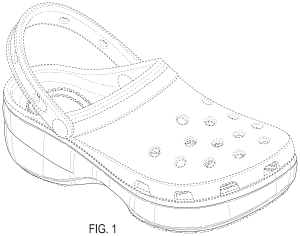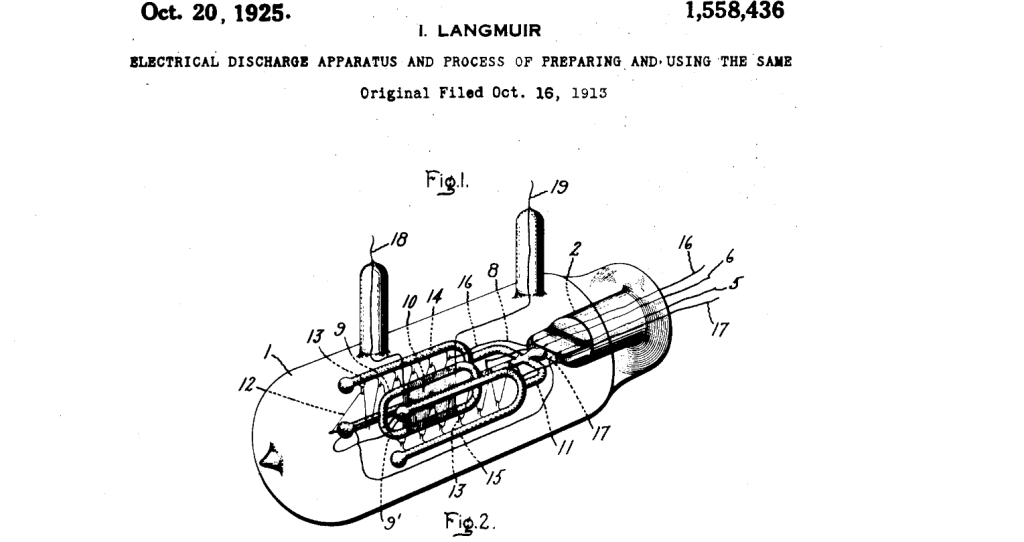by Dennis Crouch
As many of you know, I have done machine learning work for many years — starting in the 1990s while in college. However, like most of the world, I have been surprised and amazed by the power of LLM-based GenAI technology and have been trying to figure out ways to use it both for patent practice and in my job as a law professor. I hope that it helps me become both more effective and more efficient.
On the Patently-O side, I have been honing my approach somewhat. I tried to have a GenAI tool (like ChatGPT or Claude) simply write a blog post for me, but those attempts largely failed because the results lacked insight, and the tools continue to make up wrong answers (i.e., hallucinate). My approach recently has been to first write a draft blog post myself, then refine it with insights from a GenAI — I typically seek input on any errors in my post and suggestions on what else I might have said. I also have been using these tools for small idea generation if I ever have writer’s block. Although I write one or more blog posts almost every day, I also have about 1,000 unfinished posts, many of which I have been sitting dormant because I wasn’t quite sure how to wrap up. These days when I get to a blocking point, I will typically ask an AI tool to help me brainstorm (“provide me with five ideas of what to write next”). The ideas are often not very good, but sometimes they are good. And, I almost always find that one of them triggers an idea of what to do next. The bottom line then is that this is helping me to finish more work, although I’m still working on improved quality.
I have also been using an AI tools for transcribing Federal Circuit oral arguments – this is a bit more complicated and required some python and API calls to make it work. The tools do a great job with automated transcription, including catching legal phrases without much trouble. But, my current version does not distinguish between speakers. I’m hoping this summer to finish the project of automating serialization so that the transcript looks like a real court transcript.
In my patent prosecution class, the students are busy drafting a patent application. This year they are using a drafting tool known as Edge created by Evan Zimmerman that has an especially good chat-tool for creating a detailed invention disclosure. It is really fun to see the students dig deeply into this. I envision GenAI assisting with lots of tasks, prior art searches (including detailed comparison to claims), office action responses, specification drafting (including multiple prophetic examples), and (more…)



